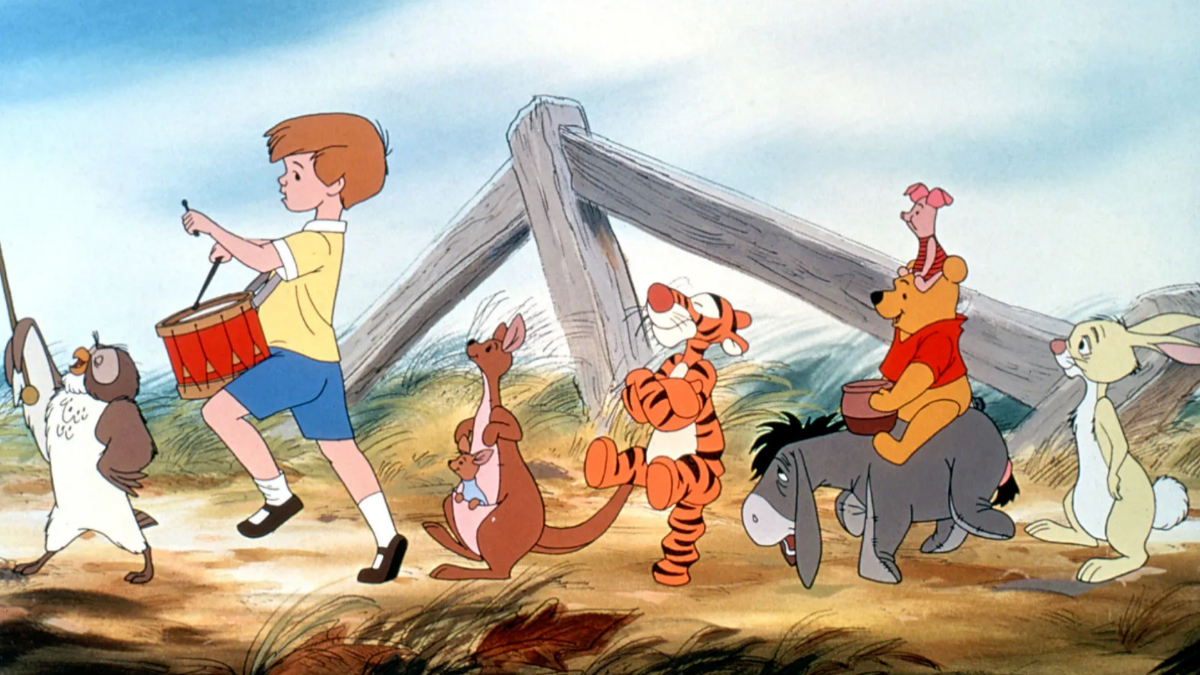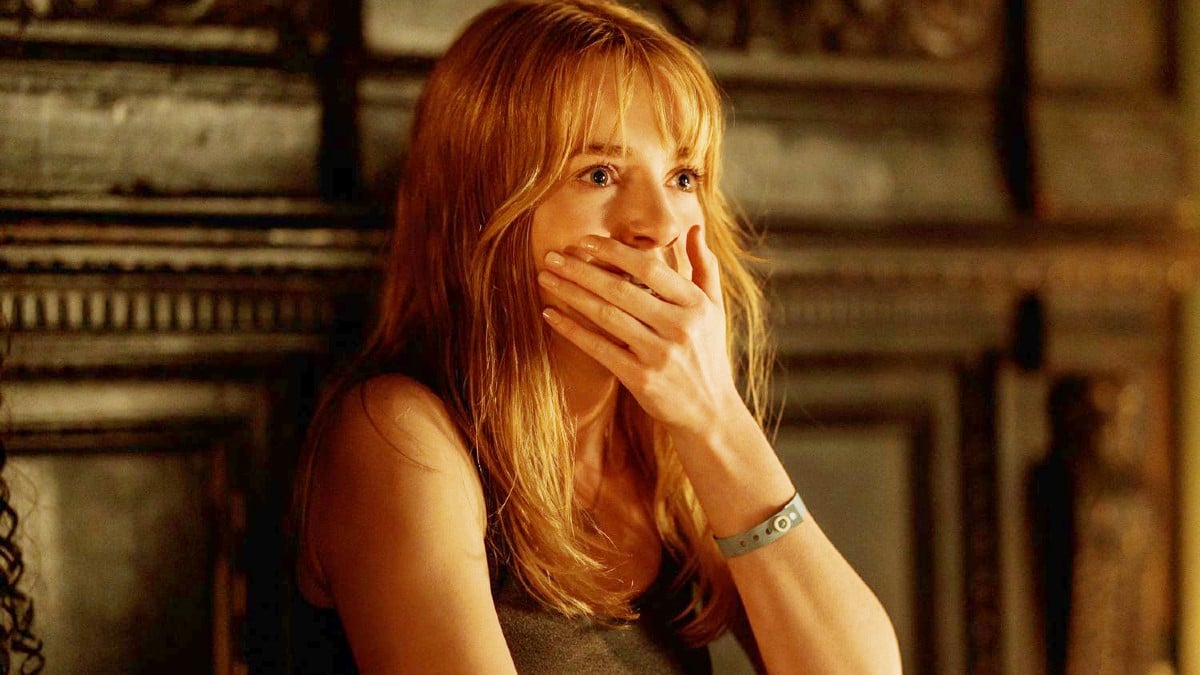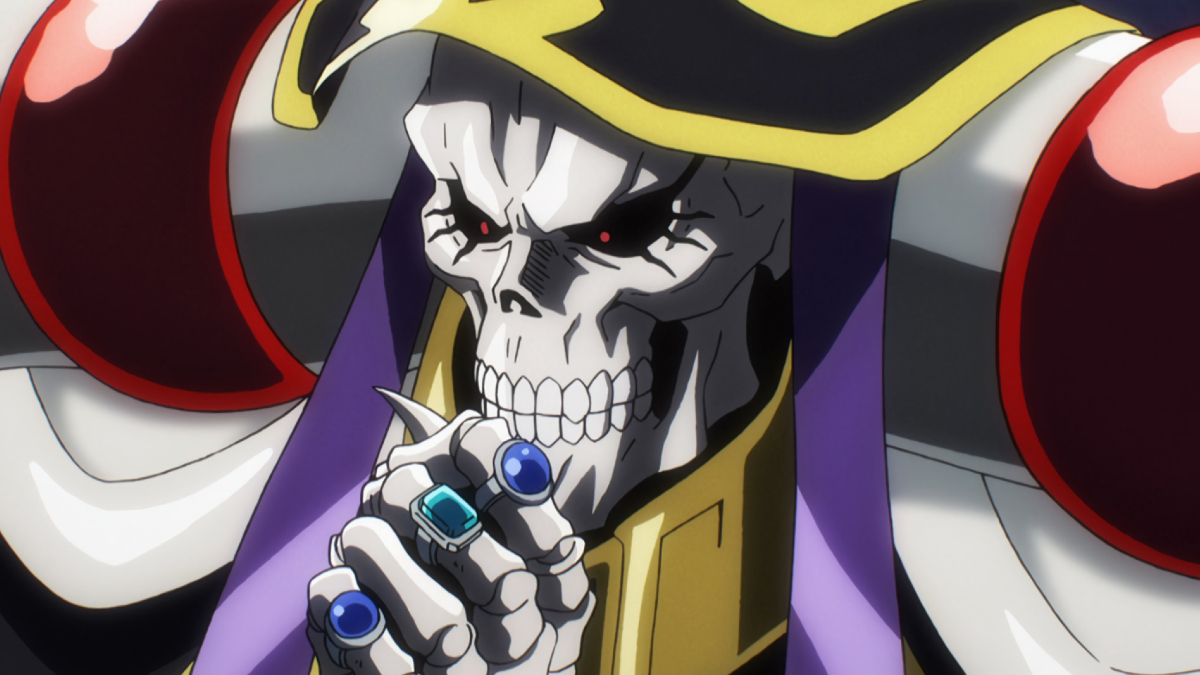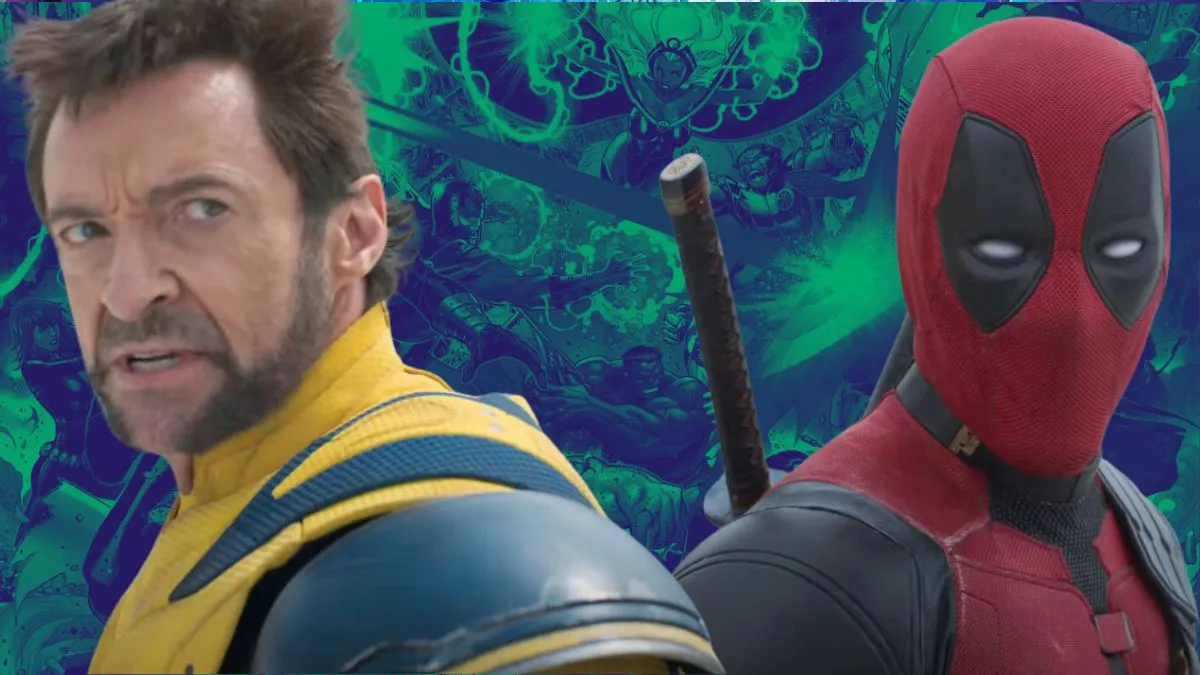Like many popular children’s stories, Winnie the Pooh has been a long-time favorite of children and a nostalgic comfort for adults who grew up with the characters. Beginning as a book by A.A. Milne, the stories of Christopher Robin and his animal friends have been adapted into multiple films and TV series over the years, bringing Winnie the Pooh to new generations of fans. The stories are simple on the surface — many kids have dreamed about going on adventures with their stuffed teddy bear come to life— but some theorize the Hundred Acre Wood is hiding something more.
There’s a popular theory that Pooh and his friends struggle with several mental disorders and can be a great form of representation for those dealing with their own mental illnesses. Unlike some cartoon theories, this one originates from a report titled “Pathology in the Hundred Acre Wood: a neurodevelopmental perspective on A.A. Milne.” First published in the Canadian Medical Association Journal (CMAJ) in 2000, the report explores possible diagnoses for prominent characters and goes into detail on why they believe the characters are suffering. It’s obviously written a little tongue-in-cheek, but the report has inspired discourse among other mental health professionals.
What the experts say
According to the paper (with some additional diagnoses from an article from A Body & Mind Health Services), each character displays symptoms of different mental disorders. Starting with Winnie the Pooh himself, the bear “embodies the concept of comorbidity” with attention deficit hyperactive disorder (ADHD), obsessive compulsive disorder (OCD), and a binge eating disorder born out of his obsession with honey. After debate, the researchers concluded these diagnoses due to Pooh’s impulsivity, honey obsession, and repetitive counting behaviors.
It comes as no surprise Piglet suffers from Generalized Anxiety Disorder. Piglet is very anxious and worries that even the smallest of problems can become catastrophic and researchers believe if his condition had been diagnosed earlier, it would have saved the little guy years of trauma. The most obvious diagnosis is Eeyore, the depressed donkey; while the research team lacked data to decide if Eeyore’s depression was due to trauma or inherited, his pessimism and chronic low-energy made him an easy case to solve. They hope that with antidepressants and some individual therapy, Eeyore could manage his depression.
There’s some argument about Owl’s condition; while the CMAJ paper unanimously agrees he’s dyslexic, A Body & Mind Health Services diagnoses Owl with narcissistic personality disorder. The writer believes Owl displays a lack of empathy for others as well as a grandiose view of himself. The CMAJ researchers believe Owl acts pompous to cover up his dyslexia, something they “see day in and day out in others so afflicted.” They acknowledge Owl is very bright but struggles with spelling and reading.
Next is Tigger. Tigger, like Pooh, has a tendency to act impulsively and experiments with unknown substances he finds throughout the Hundred Acre Wood. His risk-taking behaviors combined with his hyperactivity and a demonstrated lack of understanding social nuances led researchers to diagnose Tigger with ADHD. Rabbit is diagnosed with narcissistic personality disorder due to an inflated sense of self importance and the “odd belief system that he has a great many relations.” A Body & Mind Health Services has a different opinion, instead focusing on Rabbit’s need for order and organization. The writer attributes that seemingly compulsive need for structure to an OCD diagnosis.
The CMAJ paper then discusses Kanga and Roo. No diagnosis is made but the paper offers a grim outlook on the mother and child’s quality of life living in the Hundred Acre Wood. The researchers worry Kanga will not be able to overcome her current circumstances due to “a social context that does not appear to value education and provides no strong female leadership.” Roo’s hyperactivity merits no diagnosis as it is believed to be developmentally appropriate, but due to poor influences like Tigger and the environment he lives in, the researchers predict Roo will end up a jaded and cynical adolescent.
Lastly, we look to the only human in the Hundred Acre Wood. The CMAJ paper notes that Christopher Robin has not “exhibited any diagnosable condition as yet,” but admits there are some possible concerns. Robin lacks parental supervision, instead spending his time in the woods talking to animals. They also believe there might be foreshadowed issues with academics as well as potential gender dysphoria. A Body & Mind Health Services unceremoniously diagnoses Robin with schizophrenia, effectively saying all of the adventures in the Hundred Acre Wood are hallucinations.
How real is this theory?
Speculating can be fun, but ultimately Winnie the Pooh is just a fun piece of children’s media; if you find the characters relatable because of shared symptoms, great! If you find them relatable and don’t have a neurological diagnosis, please don’t use them to self-diagnose. While the research paper is a great read, most of these mental illnesses were just beginning to be researched when Milne first created the characters in 1926. Milne based Christopher Robin off of his own son, Christopher Robin Milne, and his favorite teddy bear before later incorporating more of real-life Christopher’s toys into the stories. Winnie the Pooh began as a love letter from father to son and while there are certainly characteristics that accurately depict mental illnesses, it was likely not Milne’s intent. If anything, the theory shows that anyone can struggle with mental illness and all are worthy of our respect.







